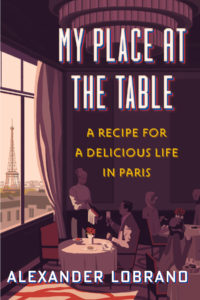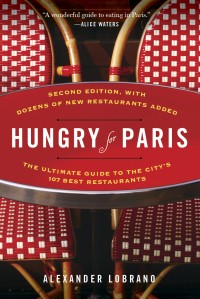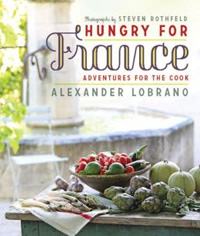Ibrik Kitchen, Paris | The Delicious Rusticity of Romanian Cooking, A-/B+
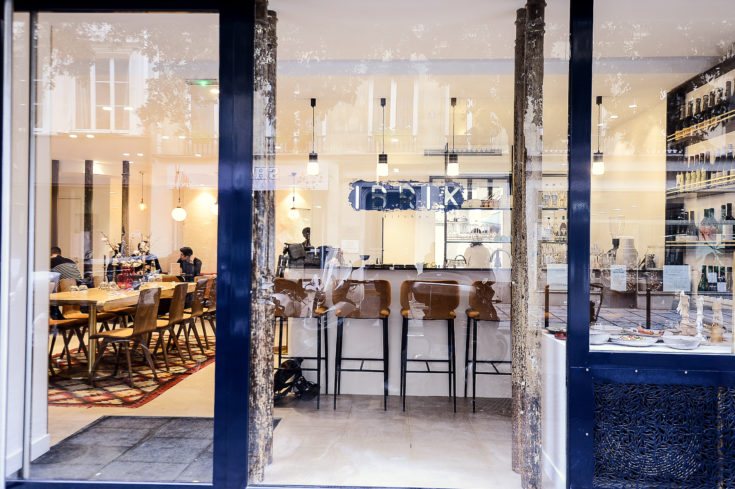
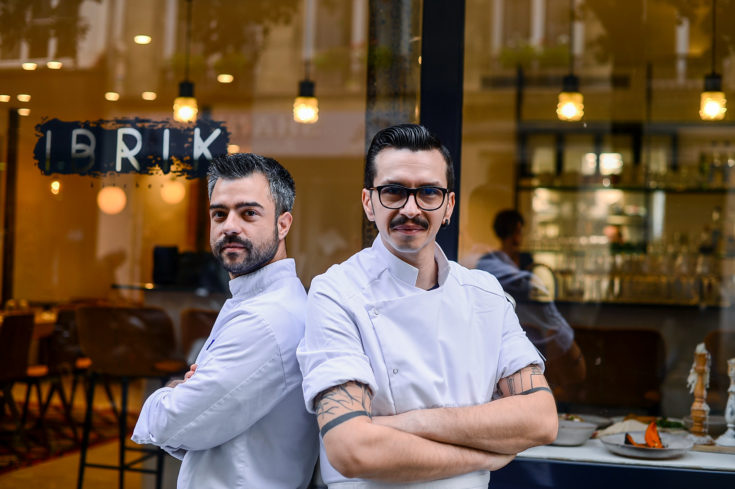
Because 2019 is still so new, telling you the meal I had at Ibrik Kitchen the other night was one of the best I’ve had all year doesn’t deliver adequate praise for the excellent “neo-nostalgic” Romanian cooking of chefs Ovidio Malisevschi and Bogdan Alexandrescu a.k.a. Dexter chef (check out his Instagram feed: https://www.instagram.com/dexterchef/). So instead I’ll only say that this dinner was not only the best non-French meal I’ve had in Paris during the last twelve months, but one of the best ones full stop. In fact, this art-gallery-like little restaurant on a side street in the Sentier came as a delightful surprise in almost every way. And now when people ask me what ‘foreign’ kitchens I recommend eating during a trip to Paris, Romanian will now join the usual Israeli, Moroccan, Tunisian, Laotian and Vietnamese.
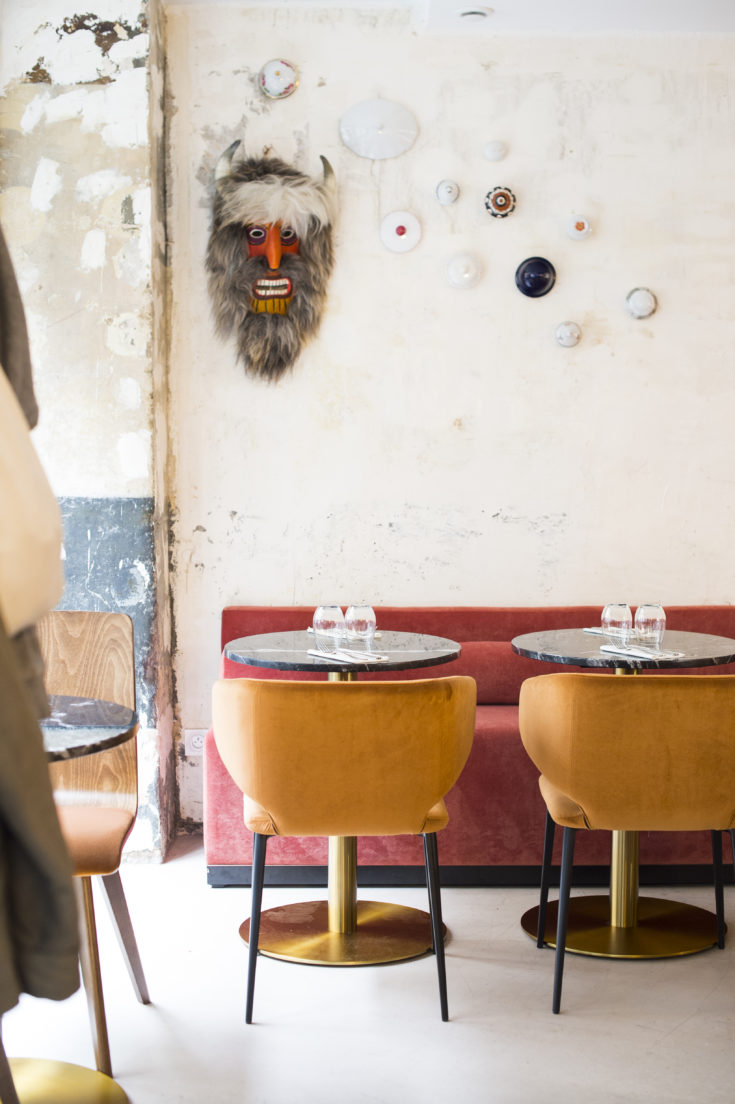
@Pierre Lucet Penato
This is because these two guys have found a way to serve up the cooking of their homeland that has a frankly brilliant gastronomic equilibrium between tradition and modernity. To wit, they’ve managed to make dishes like sarmale (stuffed cabbage rolls) lighter and fresher without losing their authenticity, and they are also keenly attuned to the aesthetics of the Instagram era.
Further, this pair are a happy testament to one of the best things about eating in Paris today, which is that the city has never been more of a beacon for ambitious young gastronomic talents from all over the world. They come here, like Ovidio Malisevschi, to attend cooking school–the Cordon Bleu in his case, and then stay on to do a stage (apprenticeship) or two–he cooked with Frederic Simonin and at La Dame de Pic, Anne-Sophie Pic’s place in the rue du Louvre, before launching projects of their own. For his part, Bogdan Alexandrescu, one of the best young chefs of his generation in Romania and a star of Master Chef Romania, is a native of Cluj, the beautiful city in northern Transylvania, and recently attended l’Ecole Pratique des Hautes Etudes du Goût in Paris.
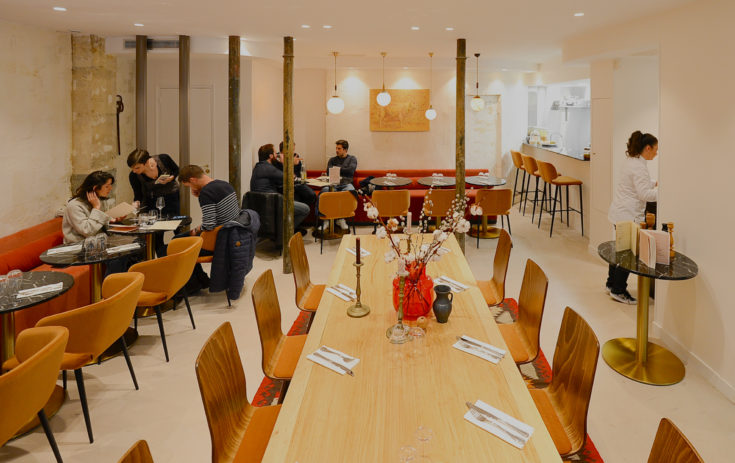
@Pierre Lucet Penato
To be honest, on a rainy Tuesday night, I headed out to meet my friend Agathe for dinner at this new place with modest enthusiasm, because it just seemed so unlikely I’d find food anywhere near as good as the home cooking I enjoyed at several guest houses during a trip to Transylvania, one of the most beautiful destinations in Europe and a place with landscapes on par with those of such famously scenic places as Tuscany or the Loire Valley, last October. Why? This type of sincere, hearty, rustic farm cooking almost invariably loses its character when it’s translated to a big-city setting in a foreign country. And memories of my very occasional meals at the other Romanian restaurant I know in Paris, a long-running place on the Left Bank that’s gone slightly senile, dampened my expectations, too. Still, Agathe’s father is Romanian, so she knows this cooking from vacation visits back to the handsome city of Brasov.

Just a few weeks after the holidays, my appetite was skittish, too, but my friend, who has recently moved to the lively young neighborhood with a lot of good restaurants that the Sentier (2nd Arrondissement) has become, insisted I’d be happily surprised. Sitting in the Metro, though, I found myself musing on my first experience of Eastern European cooking at the long-gone Cafe Barna, a Hungarian place in Westport, Connecticut, which served up a memorable annual Cub Scouts banquet of soggy dolma (stuffed grape leaves), alarmingly scarlet goulash and stuffed cabbage that was more like meat loaf draped with wilted cabbage leaves than the real McCoy. Still, it was quite a gust of gastronomic exoticism for me as a seven-year-old kid.
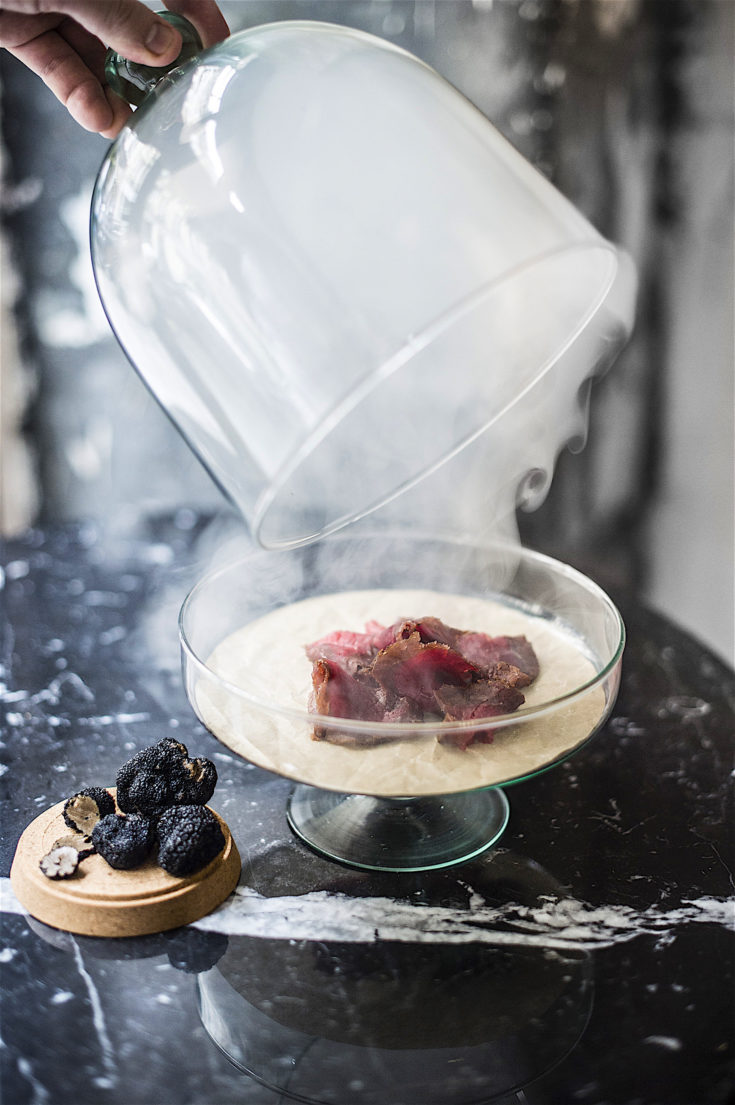
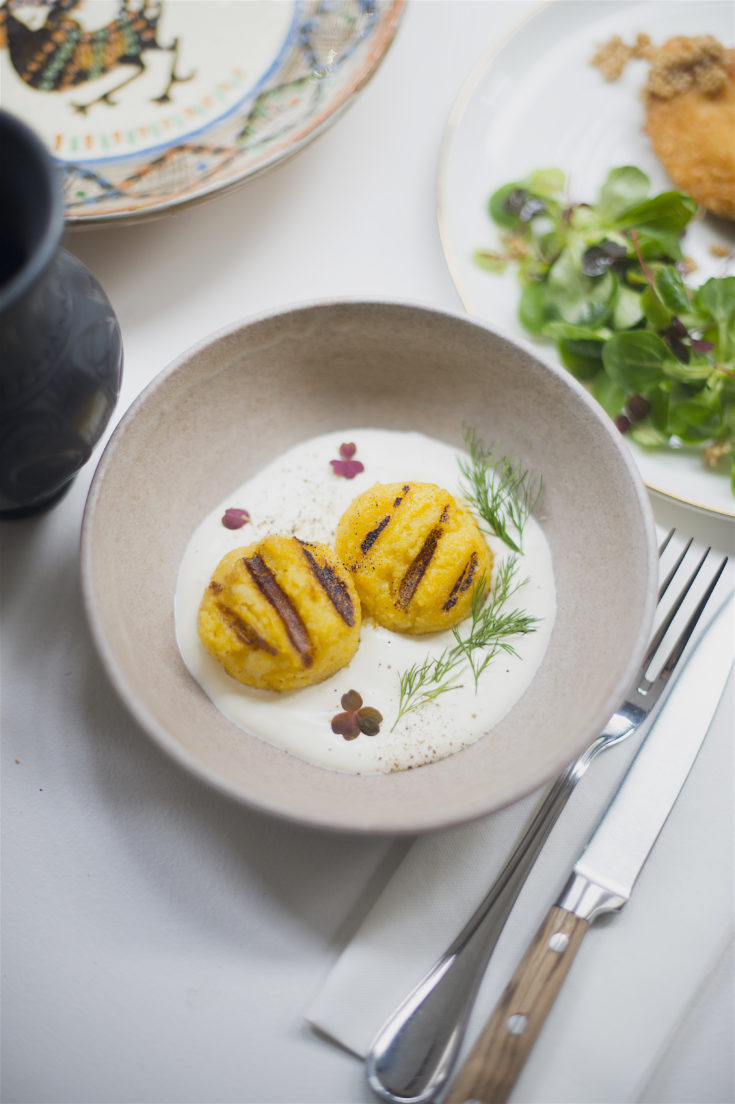
@Pierre Lucert Penato
Over an excellent glass of Slovenian white wine, we perused the menu, and I recognized some of the decorative totems of the dining room from travels in Romania, including a hairy mask from the Murmes region, the tell-tale heart shape decoration on a hand-forged wrought-iron coat rack–it’s a traditional motif in Hungarian speaking regions of Romania, and a couple of willow-switch fly swatters on the wall. Then we ordered from our charming waitress and were engrossed in conversation when our first courses arrived. Immediately I knew this would be a wonderful meal.
I’d ordered pastramă, the roasted Romanian brined beef known as pastrami in most English speaking countries, and it came to the table in a bell jar filled with fragrant fumes. When the smoke cleared, I found myself before a pretty little pile of sliced beef garnished with black Transylvanian truffle shavings. Served with excellent bread from Terroirs d’Avenir, the meat was succulent, gently brined and full of flavor. My friend’s starter–mămăligă cu smăntănă, or cornmeal porridge shaped into patties, then grilled and garnished tangy sour cream, was almost miraculously light and tasted pleasantly of toasted grain. Both dishes were winsomely impressive in terms of their presentation and the quality of the produce the chefs worked with (most beef served here comes from the celebrated Polmard butcher, dairy goods from Laiterie Les Fayes).
During dinner, I also talked about my recent trip to Transylvania, and how good the food had been. What’s been driving this transformation is tourism, and especially agro-turismo style rural guesthouses established in some of the region’s most beautiful villages, including Copsa Mare and Viscri. Much had changed since I’d first visited the region in 2012 to write this article for SAVEUR Magazine: https://www.saveur.com/article/Travels/Eternal-Terrain But better still, most things hadn’t, including the small-scale traditional agriculture and the way so many people still grow and produce much of the food they eat themselves.
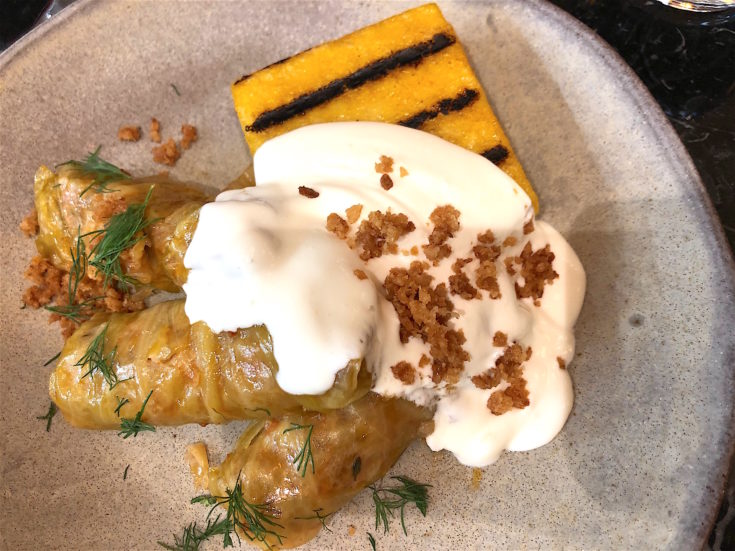
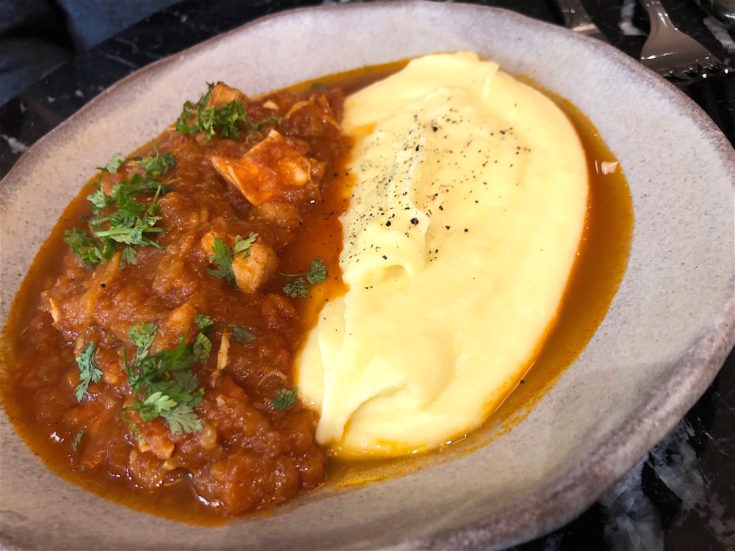
Our main courses were excellent, too, with a remarkable lightness and freshness continuing to be the signature of this kitchen. What I especially loved about my sarmale was that the cabbage leaves had been brined before being stuffed, which added a bracing tang of ferment to a dish that’s otherwise as gentle and consoling as a baby’s flannel blanket. The funky garnish of crumbled pork crackling was very welcome, too.
With a pronounced taste of green peppers, Agathe’s chicken goulash displayed the heterogeneity of the Romanian kitchen, which has been heavily influenced by Hungary, Austria, its Balkan neighbours, and most recently, Greece and other Mediterranean countries, especially Italy. The ethnic diversity of the country, which once had a large Jewish population and still has sizeable minorities of Hungarian speaking Szeklers, Moldovans, and Gypsies, is reflected in its cooking, too. In Transylvania, another local cooking tradition is that of the ‘Saxons,’ or German-speaking colonists from the Moselle valley, Luxembourg and the Rhineland who were invited to settle on what were then the lands of the Hungarian crown beginning in the 12th century. They arrived with their food ways, including a love of charcuterie and smoked meats and herbs like lovage and marjoram. When the Communist Ceaușescu regime collapsed in 1989, approximately half a million Saxons fled to a newly reunified Germany under the German nationality law known as Auslandsdeutsche, which offers citizenship to ethnic Germans wishing to repatriate to Germany.
“What makes this dish more Romanian than Hungarian is that it doesn’t include lashings of paprika and sour cream the way it might in Hungary. Instead, the vegetables–onions, tomatoes and peppers have been slowly stewed into almost a thick jam to which the chicken was then added to cook. This explains its succulence and richness,” Agathe observed. Served with homemade potato puree, it was deeply satisfying, as was the organic Hungarian red wine from Sopron that we drank with this excellent meal.
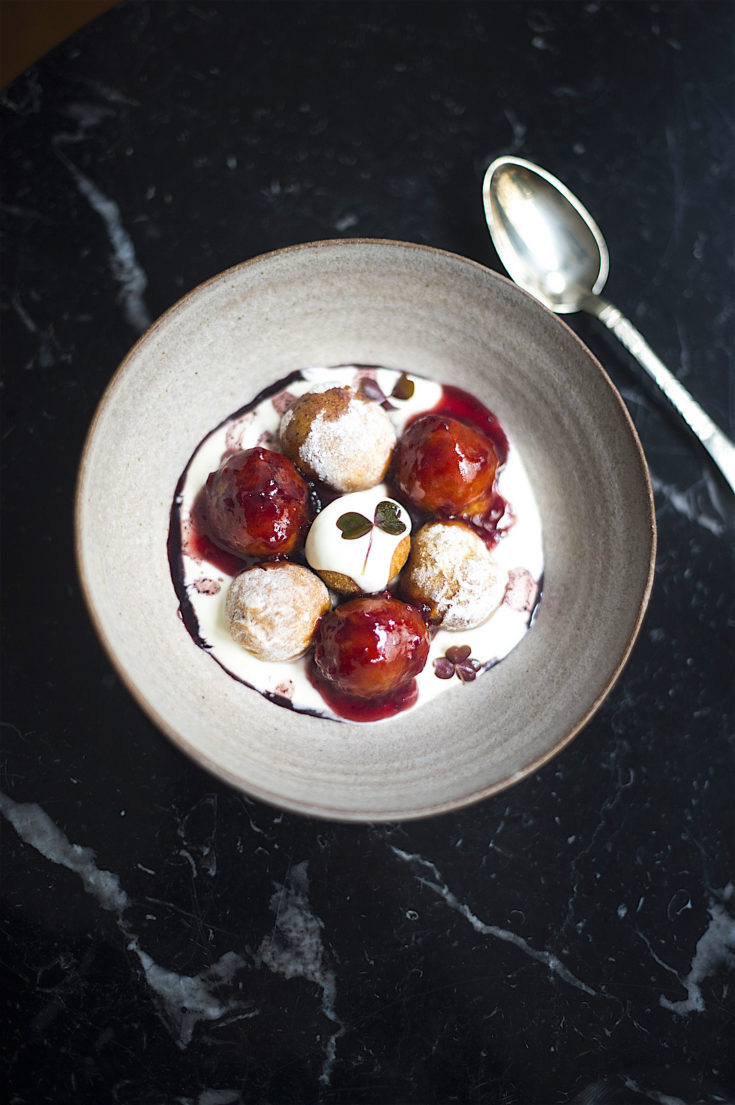
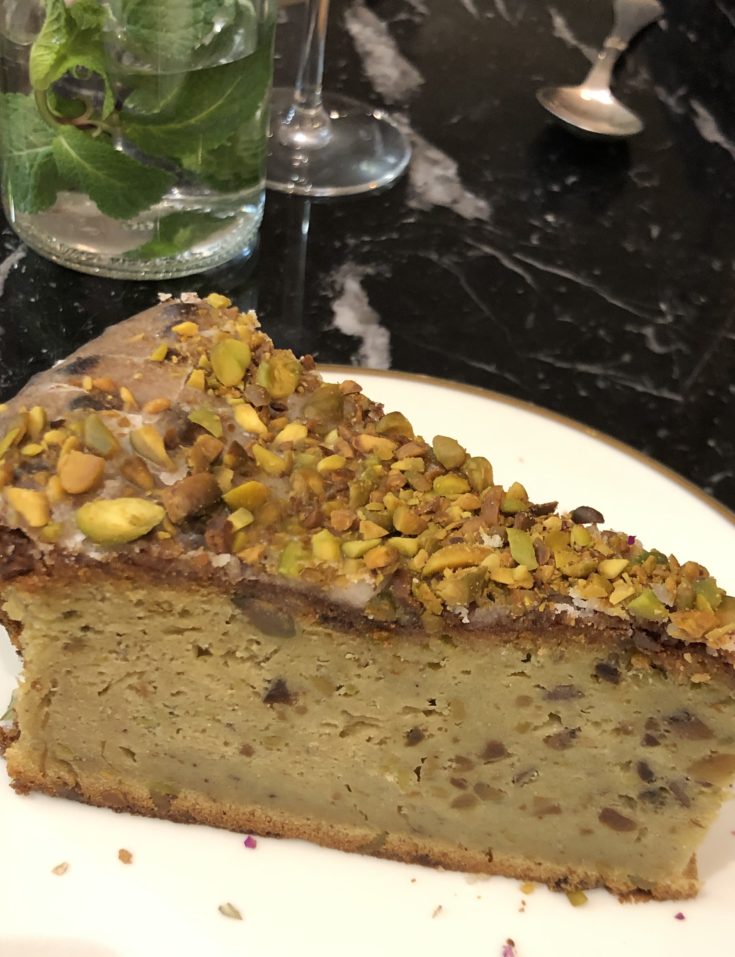
While we ate our main courses, I had been eyeing the delicious looking beignets being shared by the couple at the table next to us. Called papanaș in Romanian, they’re filled with fromage blanc, garnished with jam or jelly, and they’re irresistible. Since we were lavishly well-fed, we decided to share a dessert, and since it was Agathe who had shared this discovery with me, I let her chose our sweet finale. “You have to try the pistachio cake,” she said, and a large slab of this dense, pudding-like cake filled with fruit and pistachios and topped with a simple sugar glaze and more pistachios arrived at the table. It was so good, I was almost tempted to order a piece to bring home, but caloric caution had me think the better of this indulging this yearning.
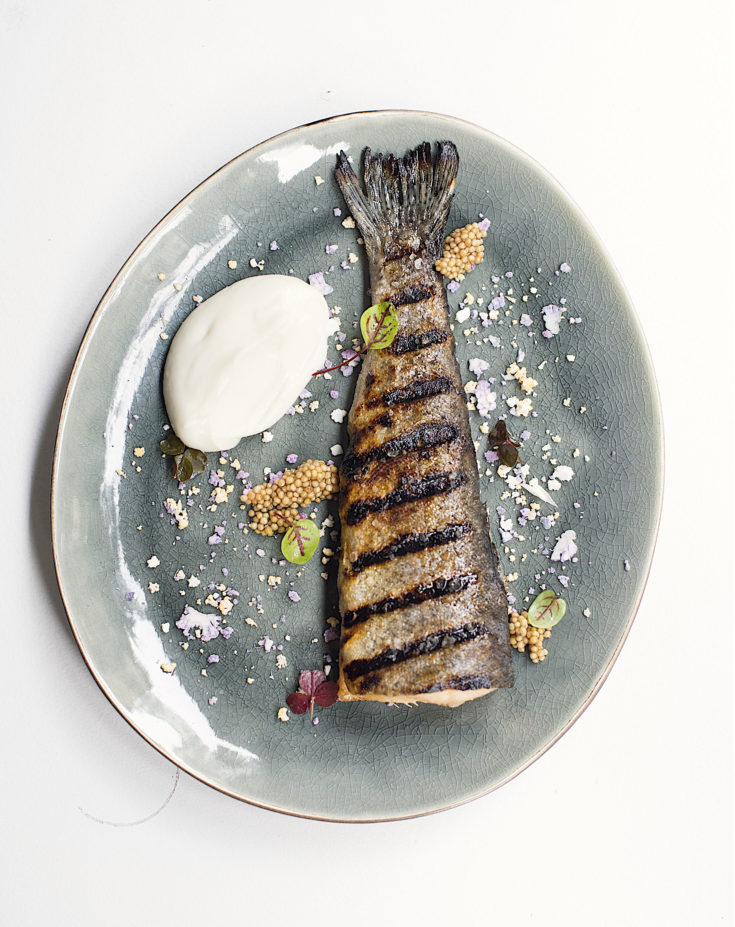
So the next time I come for a meal here, I already know what I’ll be having–whatever ciorba, or soup, is on the menu, the grilled trout, and an order of papanaș.
Oh, and by the way, in case you were wondering, an Ibrik is a small fluted metal pot with a long handle used to make Turkish coffee, which is very popular in certain parts of Romania, large swathes of which were once part of the Ottoman Empire.
9 rue de Mulhouse, 2nd Arrondissement, Paris, Tel. (33) 01-70-69-42-50. Metro: Bonne Nouvelle. Open Tuesday to Saturday for lunch and dinner. Sunday for brunch and dinner. Closed Monday. Lunch menu 15 €, average a la carte meal 40 € www.ibrik.fr

